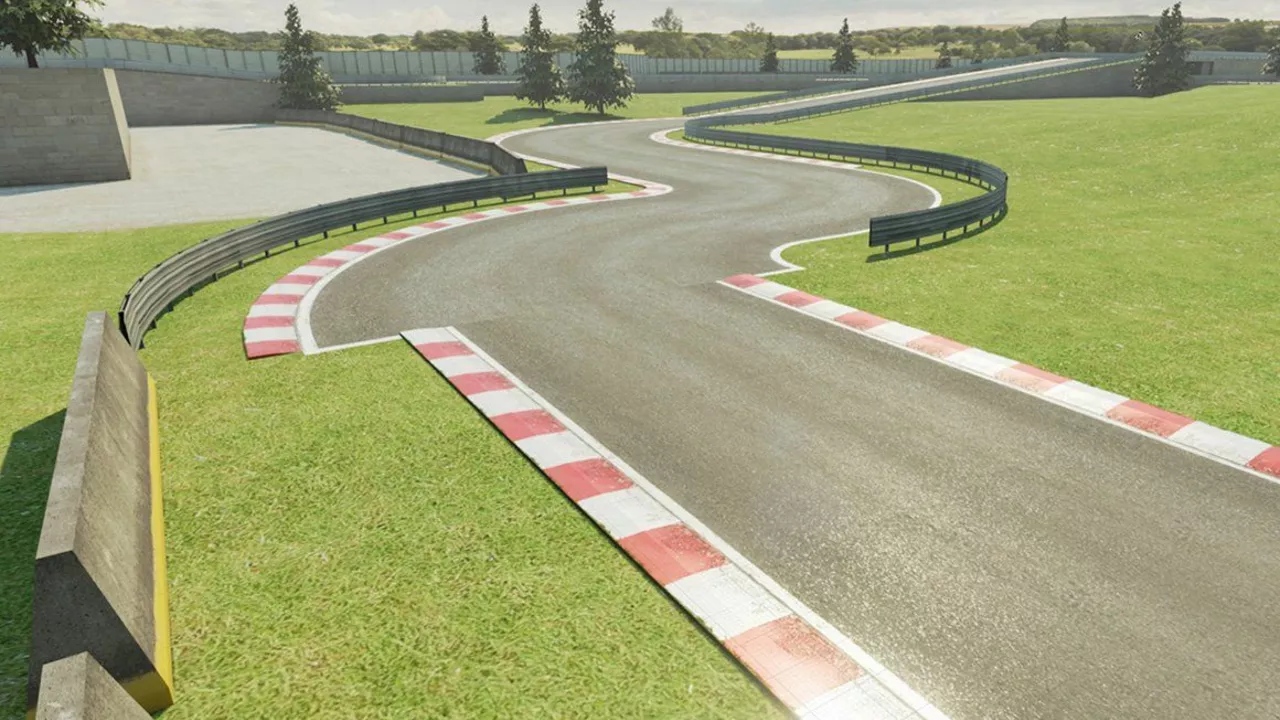Track Construction: How Racing Circuits Are Built and Optimized
Did you know a well‑built track can shave tenths of a second off a lap time? Whether you’re a club organizer or a professional venue, knowing the basics of track construction helps you create a surface that’s fast, safe, and durable.
First thing you need is a solid plan. Pick a site with good drainage, enough space for runoff areas, and room for spectator zones. Talk to local authorities early; road permits and environmental checks can delay work if you wait too long.
Key Steps in Building a Track
1. Layout design. Use CAD software or a simple sketch to map out corners, straight‑aways, and safety zones. Aim for a mix of high‑speed sections and tight turns to keep drivers engaged. Remember, every curve needs enough runoff area to catch a car that goes off‑track.
2. Earthwork and grading. Level the ground and shape the camber of each corner. A slight positive camber (higher on the outside) helps cars stick to the road. Grade the surface so water flows away from the racing line; standing water is a major safety hazard.
3. Base layers. Lay down crushed stone or asphalt base to distribute weight evenly. Compaction is critical – a loose base leads to early cracking and uneven surfaces.
4. Asphalt or concrete surfacing. Most modern circuits use a high‑grade asphalt mix with polymer modifiers for grip and durability. If you prefer a longer‑lasting surface, consider a concrete track, but expect higher upfront cost and longer cure times.
5. Safety barriers. Install tire walls, TecPro barriers, or concrete barriers where needed. The goal is to absorb impact while staying within sight lines for drivers and officials.
6. Drainage and runoff. Fit catch‑basins and side drains along the track edges. Proper drainage prevents puddles and protects the asphalt from water‑related damage.
7. Track markings and signage. Paint clear lines for start‑finish, pit lane entry, and overtaking zones. Use reflective paint for night events and add signage for speed limits in pit areas.
Tips for a Safe and Fast Surface
Keep the surface temperature in mind. Hot asphalt can become slick, so choose a mix designed for your climate. Regularly sweep the track to remove dust, oil, and debris – even a thin film can reduce grip.
Schedule periodic resurfacing. Most tracks need a full top‑coat every 5‑7 years, depending on traffic and weather. Spot‑repair cracks as soon as they appear; waiting only makes them spread.
Invest in a good track‑testing program. Run a few laps with a data‑logger to check for uneven bumps, vibration, or inconsistent grip. Adjust camber or fill low spots before opening the circuit to the public.
Finally, involve drivers in the design process. Their feedback on corner radius, entry speed, and braking zones can help you fine‑tune the layout for both excitement and safety.
Building a racing circuit isn’t just about laying down asphalt – it’s a series of careful decisions that affect speed, safety, and the overall experience. Follow these steps, stay on top of maintenance, and you’ll have a track that racers love and fans keep coming back to.

What are racing tracks made from? Doesn't it hurt the racers?
Racing tracks are typically made from a blend of asphalt, concrete, and sometimes clay or dirt, depending on the type of racing. While this may sound painful, safety measures are in place to protect racers. Helmets, protective suits, and specially designed cars or bikes help absorb the impact and minimize injuries. So, while crashes can happen, the track's material isn't the main culprit. Instead, speed and racing conditions play a bigger role in the risk factor for racers.
Read More